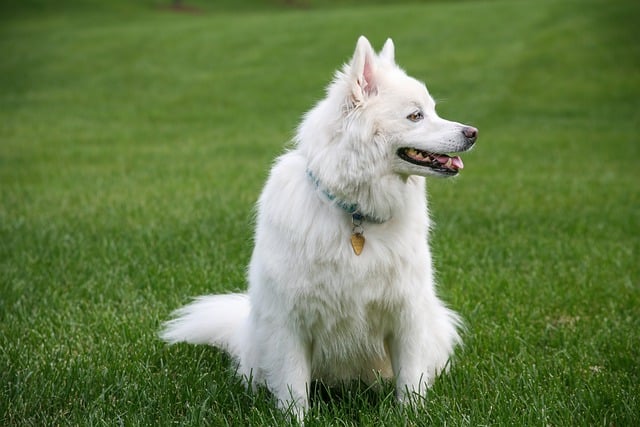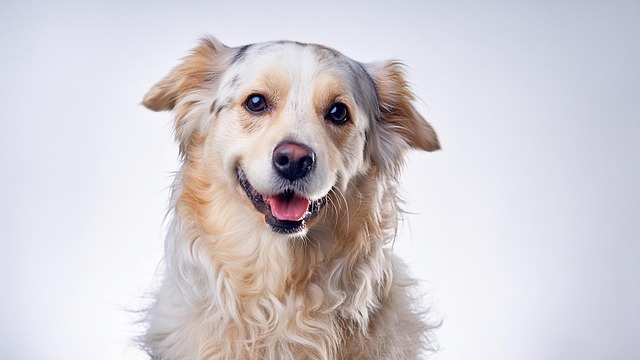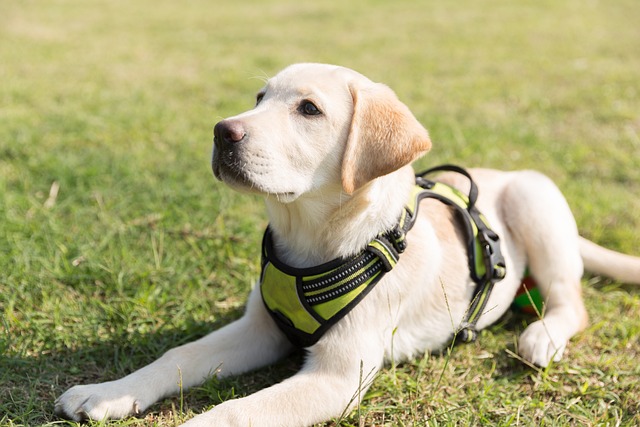
How do i train my dog to be obedient?
Watching your dog dart across the park ignoring your calls isn’t just frustrating—it can put them at risk near busy streets or public spaces.
When you start a new life with your dog, sometimes you may face the problem of the dog running around and being difficult to manage. Teaching dogs to stay in cages not only ensures their safety when you are busy, but also cultivates their independence and self-discipline. This is a process full of love and patience, which requires us to deeply understand the psychological and behavioral characteristics of dogs and guide them with scientific methods.
Choosing the appropriate cage is crucial before training. The size of the cage should be suitable for the size of the dog, and a cage for small dogs should allow them to easily turn, stand, and lie down; Large dogs require more space to meet their needs for stretching their bodies. In terms of material, metal cages can be considered, which are sturdy, durable, and have good ventilation; You can also choose a plastic cage, which is lightweight and easy to clean. At the same time, it is necessary to create a comfortable environment for the cage by laying soft cushions and placing some of its favorite toys, making the cage a cozy little nest for the dog.
At the beginning of training, don't rush to put your dog in a cage. First, open the cage door and place the dog's favorite snacks and toys inside the cage. Dogs, driven by their instincts for food and play, will actively enter the cage to explore. At this point, it is important to give it warm praise in a timely manner, such as gently saying "you are so good" and gently stroking it, allowing the dog to associate entering the cage with a pleasant experience. Repeat this process multiple times to familiarize the dog with the cage environment and eliminate fear and unfamiliarity with the cage.
When the dog no longer resists the cage, it can proceed to the next step of training. When the dog is awake and relaxed, softly call its name and attract it towards the cage with snacks or toys. When it approaches the cage, gently guide it in, and once it enters the cage, immediately reward it. Next, slowly close the cage door, but not for too long, allowing the dog to adapt to staying in the cage for a short period of time. Gradually extend the dog's stay in the cage, from a few minutes to over ten minutes, and then to half an hour or even longer.
During the training process, it is important to pay attention to the emotional changes in the dog. If a dog shows anxiety or unease in a cage, such as barking or scratching, do not force it to stay inside. Instead, open the cage first, calm its emotions, and wait for it to calm down before trying again. You can talk to your dog while they are in the cage, making them feel your company and increasing their sense of security.

Adapting dogs to eating in cages is also an important part of training. Put the dog's food bowl in the cage and let it get used to eating in the cage. At the beginning, the dog may hesitate a bit, so don't worry, wait patiently for it to enter the cage and eat. Every time it finishes eating in the cage, it is given praise and rewards to reinforce its eating behavior in the cage.
As the dog gradually adapts to staying in the cage for a longer period of time, it should learn to rest and sleep in the cage. Before going to bed at night, gently guide the dog into the cage and then close the cage door. You can accompany it next to the cage for a while and wait for it to calm down before leaving. If a dog wakes up in the middle of the night and starts barking, don't immediately open the cage. Instead, gently soothe it and let it gradually fall asleep again. Through such training, dogs can develop the habit of sleeping in cages.
Training dogs to stay in cages is not to restrict their freedom, but to create a safe and comfortable space for them. During this process, we must always maintain patience and love, and respect the feelings of the dog. When we see dogs resting and playing peacefully in their cages, we feel immensely gratified because our efforts have taught them to adapt to new environments and made our lives more harmonious and orderly. Let's accompany our dog through this training with love and patience, and spend more wonderful times together.

Watching your dog dart across the park ignoring your calls isn’t just frustrating—it can put them at risk near busy streets or public spaces.

New puppy owners often find themselves rushing to clean up accidents before they set in, and that’s where puppy pad training becomes a game-changer.

If you've noticed your dog's waistline disappearing and your veterinarian has mentioned those few extra pounds, your first instinct might be to simply reduce the amount of food in their bowl.

Training a dog to use a designated spot indoors isn’t as daunting as many new owners fear, but it does take consistency and an understanding of your pet’s needs.

That moment of dread on a walk is all too familiar for many new dog owners. You see another dog approaching down the sidewalk of your neighborhood

If the sight of another dog on your neighborhood walk makes your heart sink as your own dog erupts into a frenzy of barking and lunging, you're not alone.